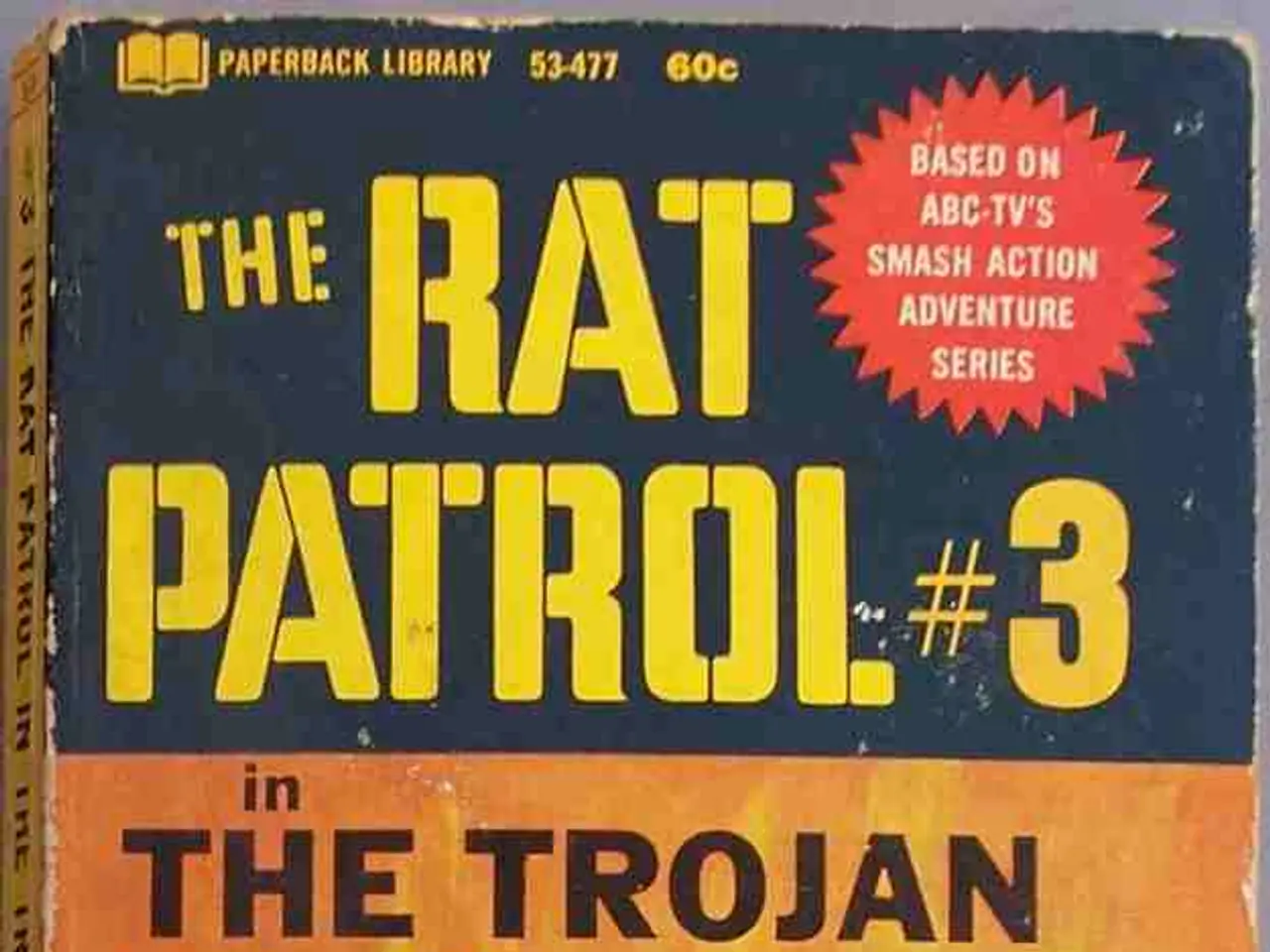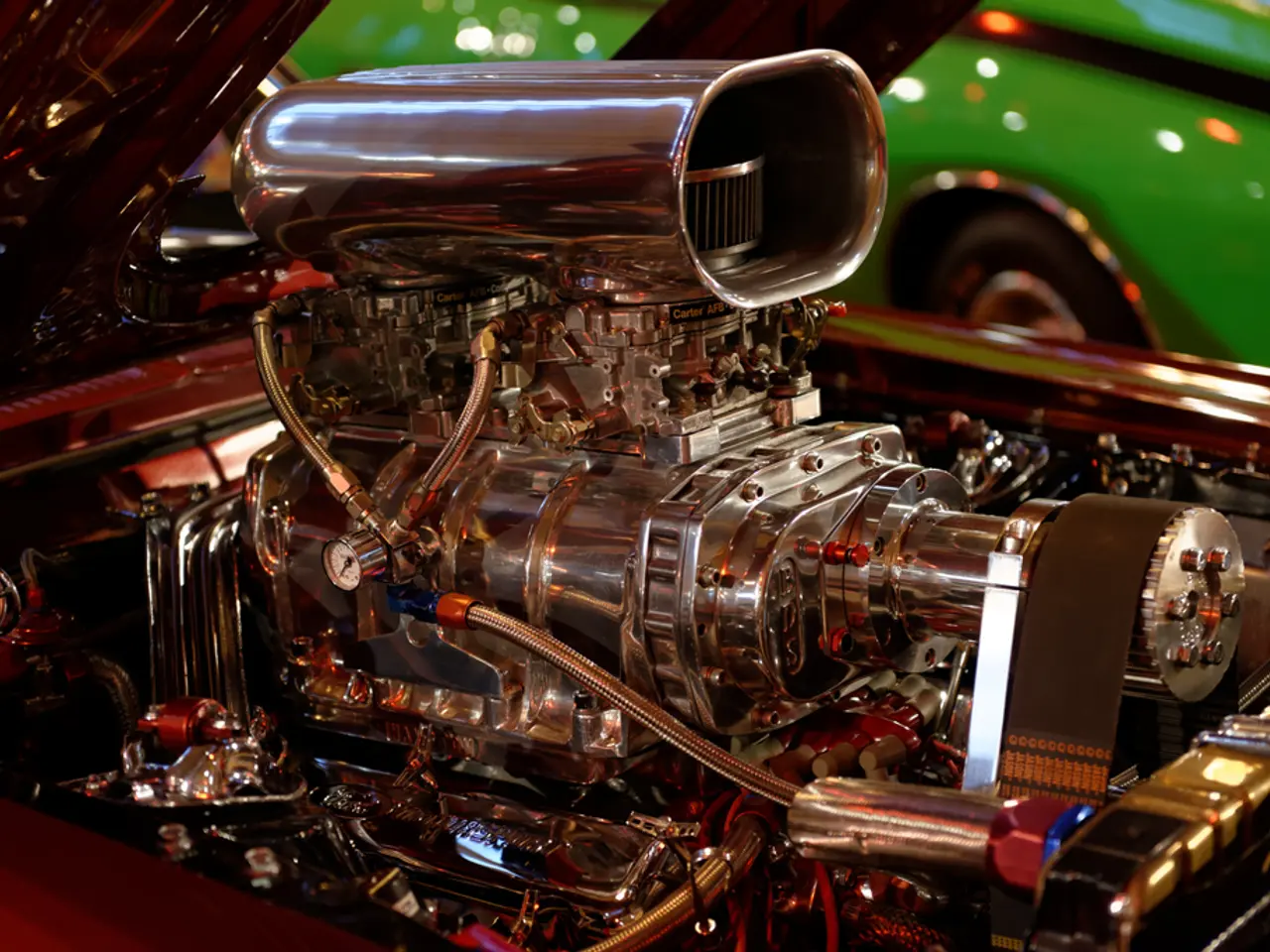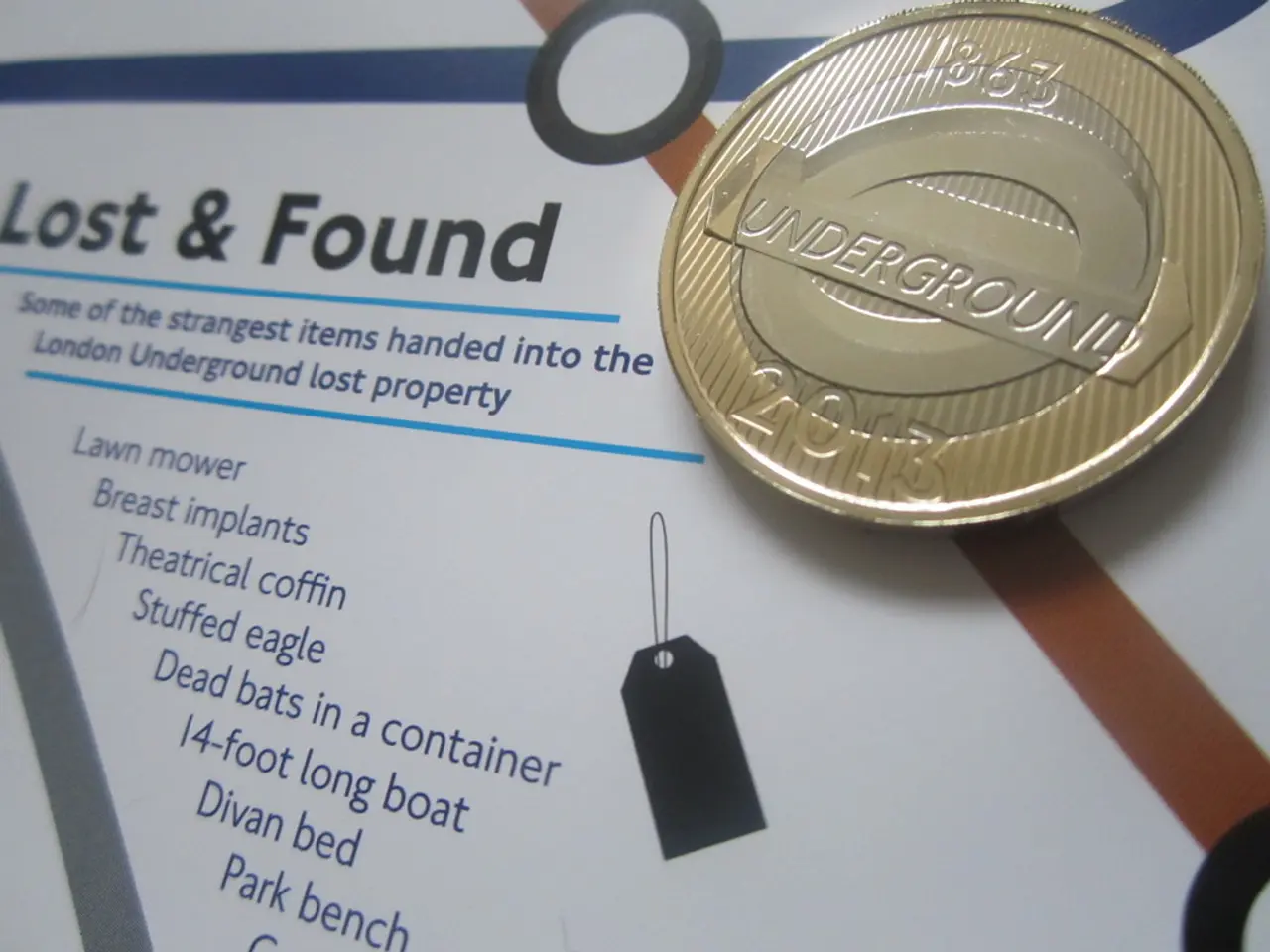"Revitalizing Army Dialogue: A Request for All Military Commanders to Bolster Our Professional Conversations"
The US Army is taking significant steps to reinvest in professional dialogue, with a strategic focus on modernizing its military publications during the interwar period. This renewal effort aims to address contemporary strategic challenges, increase diversity, and expand circulation through digital platforms.
In the heart of this transformation is the US Army's Training and Doctrine Command (TRADOC), which will lead the charge to strengthen the Army's profession by attending to its institutions, experiences, and culture.
The Army's professional journals, such as the US Army War College Quarterly – Parameters, continue to publish expert strategic analysis on current issues like Indo-Pacific challenges and Russia-Ukraine conflicts, ensuring relevance and modernization of military thought. Moreover, updated editions of professional magazines like Army AL&T Magazine now focus on cybersecurity, software modernization, and AI, demonstrating a commitment to modernization and evolving military affairs.
To broaden topics and contributor diversity, Parameters has introduced diverse forums, implying movement towards incorporating diverse perspectives within professional military literature. While explicit diversity initiatives in the publications themselves are not detailed, this shift suggests a commitment to inclusivity.
To increase circulation, the Army is transitioning to multiple product lines and digital dissemination platforms, aiming to reach a wider audience, including military and civilian decision-makers, as well as professional military education (PME) audiences.
General Randy George, the acting chief of staff of the US Army and the 38th vice chief of staff of the US Army, and General Gary Brito, the 18th commanding general of the US Army Training and Doctrine Command, are leading this renewal effort.
As part of this modernization, the Army will fix its archives to make historic articles searchable and accessible. The first step in renewing the institutions that support professional writing is modernizing to web-first, mobile-friendly outlets supported by social media.
The Army also recognizes the need for leaders operating where it matters to offer their ideas about the Army's doctrine and school curricula. To facilitate this, the Army is seeking relevant, quality platforms for soldiers to develop and refine martial knowledge.
One innovative approach is the Harding Project, an effort to renew professional military publications. This project's detailed analysis convinced the Army to think harder about the role of publications in the Army profession.
In summary, the US Army's strategy for reinvesting in professional military publications during the interwar period involves modernizing content, increasing diversity, and increasing circulation through expanded digital platforms. These steps demonstrate the Army's ongoing commitment to renewing its professional military literature as a core element of strategic education and thought leadership.
Professional writing in the Army allows leaders to inform the force, share lessons laterally, and connect communities of interest around shared problems. To maintain this connection, the Army will experiment with volunteer editors, such as active duty soldiers rotating through editorial positions to keep publications fresh.
The Army's professional journals are important because only they are backed by the full faith and credit of the Army and they focus on niche branch issues. Sergeant Major of the Army Michael Weimer, the 17th sergeant major of the Army, underscores this importance.
[1] Parameters Magazine. (n.d.). About Parameters. Retrieved from https://www.carlisle.army.mil/CARLISLE-SW-center/Parameters/About-Parameters/
[3] Army AL&T Magazine. (n.d.). About Army AL&T Magazine. Retrieved from https://www.army.mil/alttmagazine/about/
- The US Army's Training and Doctrine Command (TRADOC), under the leadership of General Randy George and General Gary Brito, is modernizing military publications to address contemporary strategic challenges and expand circulation on digital platforms.
- To maintain a connection within the military community, the Army will experiment with volunteer editors, such as active duty soldiers rotating through editorial positions to keep publications fresh.
- The Army acknowledges the need for leaders to offer their ideas about the Army's doctrine and school curricula, and is seeking relevant, high-quality platforms for soldiers to develop and refine martial knowledge, like the Harding Project.
- In order to ensure continuity with military history, the Army is fixing its archives to make historic articles searchable and accessible, demonstrating a commitment to modernization in its professional military literature.




